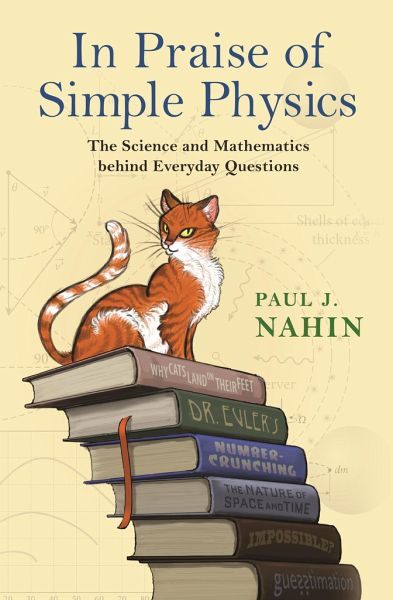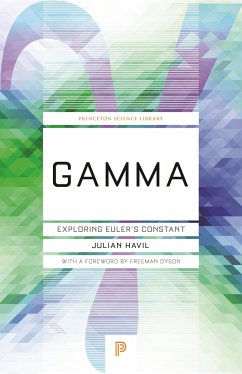
In Praise of Simple Physics
The Science and Mathematics Behind Everyday Questions

PAYBACK Punkte
8 °P sammeln!
Physics can explain many of the things that we commonly encounter. It can tell us why the night is dark, what causes the tides, and even how best to catch a baseball. With In Praise of Simple Physics, popular math and science writer Paul Nahin presents a plethora of situations that explore the science and math behind the wonders of everyday life. Roaming through a diverse range of puzzles, he illustrates how physics shows us ways to wring more energy from renewable sources, to measure the gravity in our car garages, to figure out which of three light switches in the basement controls the light...
Physics can explain many of the things that we commonly encounter. It can tell us why the night is dark, what causes the tides, and even how best to catch a baseball. With In Praise of Simple Physics, popular math and science writer Paul Nahin presents a plethora of situations that explore the science and math behind the wonders of everyday life. Roaming through a diverse range of puzzles, he illustrates how physics shows us ways to wring more energy from renewable sources, to measure the gravity in our car garages, to figure out which of three light switches in the basement controls the light bulb in the attic, and much, much more. In Praise of Simple Physics proves that if we look carefully at the world around us, physics has answers for the most astonishing day-to-day occurrences.













